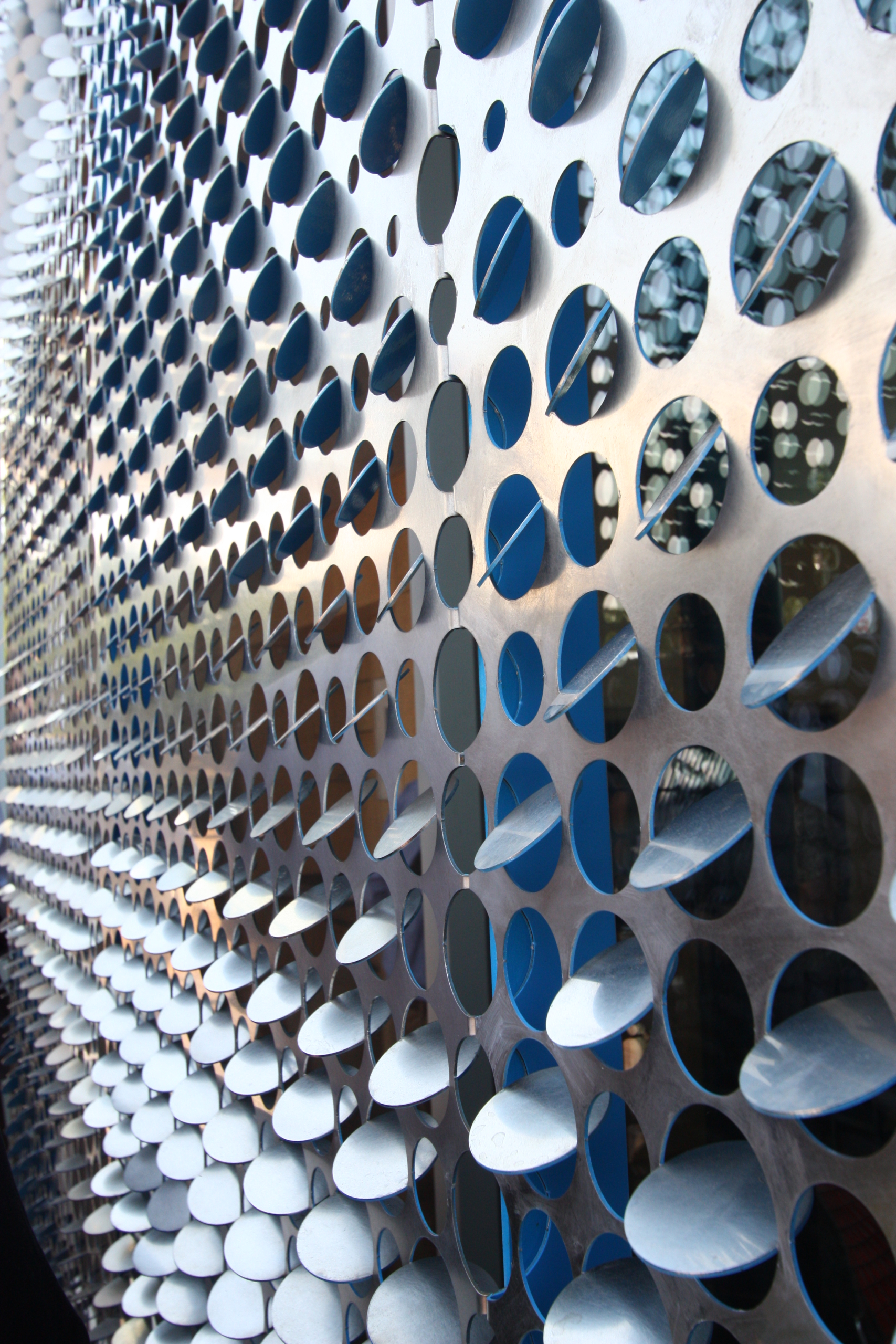There is an old Finnish saying: “What counts is not high earnings, but low expenses.” Development can rarely be achieved through savings and cost-cutting, but there is at least one area where saving equals progress. According to the International Energy Agency (IEA) more than USD 5.7 trillion has been saved in the last 25 years by improving energy efficiency, i.e. by cutting costs. Energy security, as a result of reduced dependence on energy imports, has also improved and carbon dioxide emissions have decreased. Despite these savings, we are still unwittingly consuming too much energy.
The easiest way to save is to use the cheapest form of energy. The cheapest watts are those that were never produced in the first place: negawatts. A negawatt is a theoretical unit of power representing the amount of energy saved. The term was coined by Amory Lovins more than 30 years ago. Energy can be saved by either lowering energy consumption or increasing energy efficiency.
There are a few pioneers among the masses of energy users, but the majority of businesses, properties and consumers waste resources unnecessarily. As with many other things, getting started is also the hardest part of saving energy. The temptation to postpone the decision is just too great. Plans for an energy performance overhaul may already exist in a desk drawer, but that is where they tend to stay. Sometimes it is a lack of confidence in the potential savings or a shortage of capital for investments that prevents implementation, even if the viability of the plans has been proven.
Improving the energy performance of buildings not only lowers energy consumption, but also benefits the national economy as a whole. This has been demonstrated by a study conducted by the VATT Institute for Economic Research. According to the study, improving the energy performance of buildings should be made a priority in the implementation of energy and climate energy policy. Investments in energy efficiency also help to slow down climate change.
A few years ago, LeaseGreen – a Finnish company that helps those in the property sector improve energy efficiency – began to offer a new comprehensive service for improving the energy performance of buildings. The service appears to have removed the biggest obstacles to implementing renovation plans. Follow-up surveys of energy efficiency renovations performed by the company show an average energy saving of more than 20%. No wonder their customers are satisfied and the business is booming.
Many studies in industrialised countries have shown that improving energy efficiency also offers a considerably cheaper way of raising capacity than building new power plants. For each unit of energy not consumed, carbon dioxide emissions decrease and progress is made towards our national target of reducing by 20% our expected consumption by the year 2020.
And what about the importance of cost-effectiveness in reducing carbon dioxide emissions? Many studies estimate that an investment of one euro in energy efficiency has the same impact as a three-euro investment in wind power or a five-euro investment in solar power production. The aforementioned Energy Efficiency Market Report 2015 by the IEA reached a similar conclusion on the basis of case studies in the US.
Energy efficiency is the most cost-effective source of energy: it lowers emissions between three and five times more efficiently than investments in new wind or solar power capacity.
Sitra is one of the cornerstone investors in NegaWatt Energiatehokkuusrahasto I Ky and an investor in NegaWatt Energiatehokkuusrahasto II Ky.
